We don't need the Nokia 9 yet, and HMD is smart to delay a high-end release
This article may contain personal views and opinion from the author.
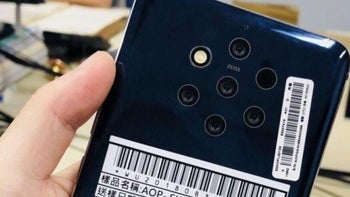
Is there such a thing as too many cameras on one phone?
I realize that must come as a shock to many of you, but in fact, the vast majority of global smartphone buyers today prefer something that doesn’t equate to the annual minimum wage in Indonesia. Let that sink in for a moment - there are people out there that would need to work a whole year just to purchase a 64GB iPhone XS.
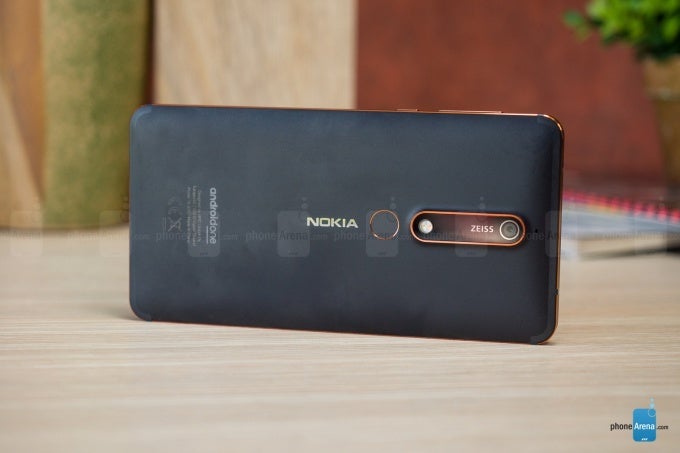
The Nokia 6.1 is HMD's best phone available in the US, which says a lot
Meanwhile, one brand continues to swim against the tide, releasing over a dozen affordable Android devices since early last year, but no true iPhone rival yet. Is Nokia, or rather HMD Global, afraid of something? Should the company revise this unconventional release strategy? Can it actually make money without a Nokia 9 or 10 completing its otherwise robust portfolio? Well, let’s see:
The market
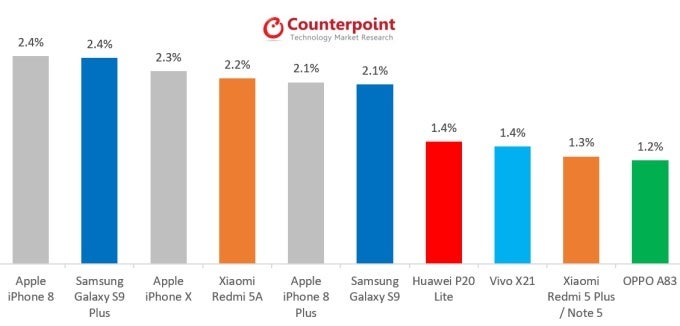
Even Samsung is starting to realize low to mid-end devices are central to the company’s hopes of reversing a worrying trend. HMD was smart to understand that earlier, reviving Nokia as an accessible brand to the masses.
Just think about the horde of fancy new flagships already scheduled for October announcements. Even if that bonkers penta-lens Nokia 9 prototype proves legit, it wouldn’t be easy to go up against a Pixel 3 and 3 XL with presumably stellar photography software, not to mention triple camera heavyweight contenders from Huawei and LG.
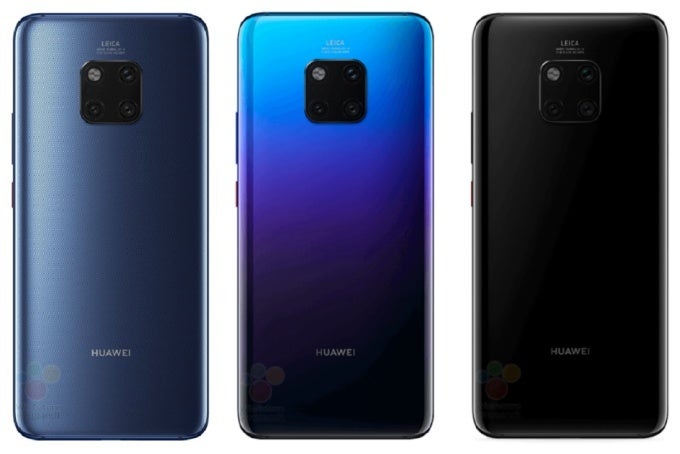
Competing with this beautiful Huawei Mate 20 Pro could prove tricky
Five rear-facing cameras could be overkill, and perhaps most importantly, such a crazy new shooter setup would mean HMD doesn’t plan to slot the Nokia 9 in the inexpensive flagship category, alongside the likes of the OnePlus 6T.
The brand
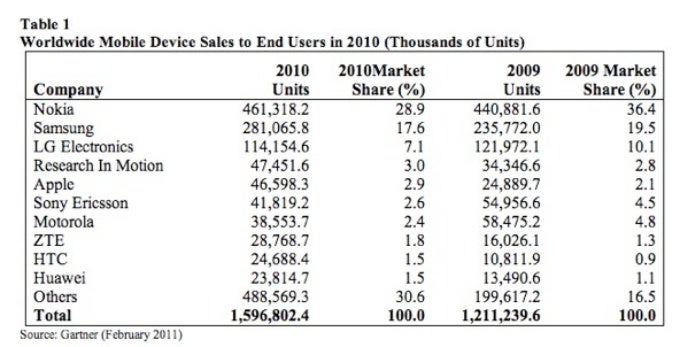
How did Nokia fall so hard, so quick?
The brand was licensed out to a startup established by a handful of industry veterans after a disastrous Microsoft partnership and acquisition. Granted, the business was already struggling when the Redmond-based tech giant took control of it, but by the end of the two’s alliance, the Nokia name and Microsoft’s smartphone ambitions appeared similarly devastated.
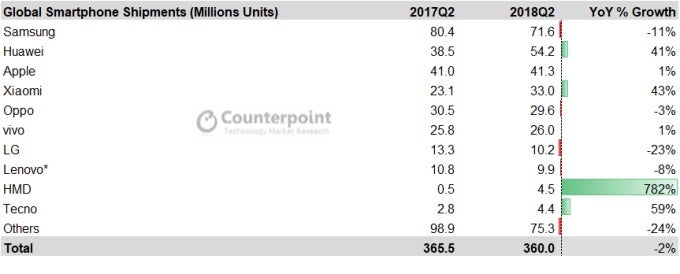
That growth though
While Nokia has barely managed to crack the top ten smartphone vendor list during the April - June 2018 timeframe, the brand is already in the global top three when it comes to “dumb” phones. That’s obviously a low-margin business, but it’s not completely irrelevant.
The strategy
It’s hard to follow a flagship duo no one cared about, even after three whole years, and despite HMD playing all its cards right so far. The company chose a living, breathing OS, shining in the software support department straight off the bat, and tugging at the heartstrings of nostalgics in a truly expert way.
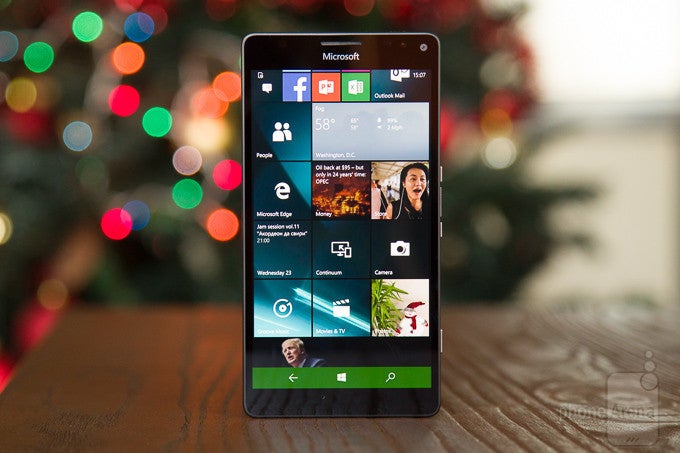
Can you really blame Nokia if the Lumia 950 XL is still haunting the brand?
But it’s practically impossible to try to convince Nokia 3310 or 8110 owners to upgrade to a phone ten times as expensive. Selling an $800 or $900 Nokia 9 would be a whole different ballgame even compared to selling the 7 Plus, 6.1 Plus, or impending 7.1 and 7.1 Plus.
Besides, HMD already tested the waters with the stunning but Snapdragon 835-powered Nokia 8 Sirocco. While there are no specific sales numbers for specific models available from the company or third-party market researchers, it definitely felt like MWC 2018 audiences paid significantly more attention to the Nokia 7 Plus, and yes, even the rebooted 8110 “banana phone.”
Bottom line, it might indeed be wise to not take a chance on the Nokia 9... yet. The profit margins on that would no doubt beat those of the 7 Plus, but mass-manufacturing a high-end phone with five, four, three, or even two Zeiss cameras requires not just tons of money. A lot of time would need to be dedicated to the project, not to mention many other resources in the distribution and marketing departments.
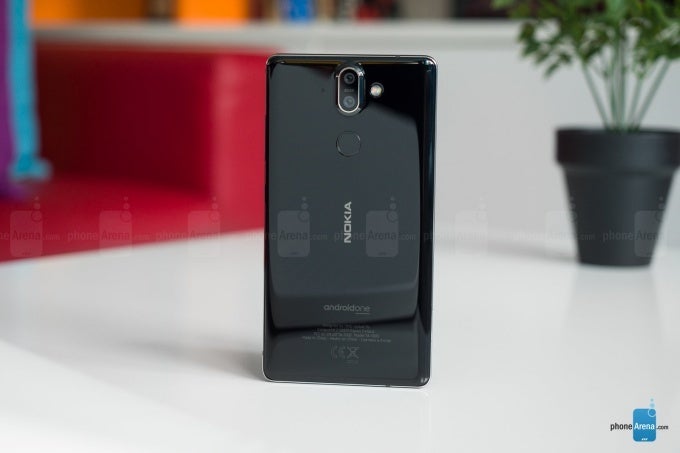
The high-end (ish) Nokia 8 Sirocco didn't exactly set the world on fire
There’s absolutely nothing wrong in establishing and consolidating a reputation as a maker of reliable, robust, and affordable phones first. Just ask Huawei and Xiaomi.













Things that are NOT allowed: